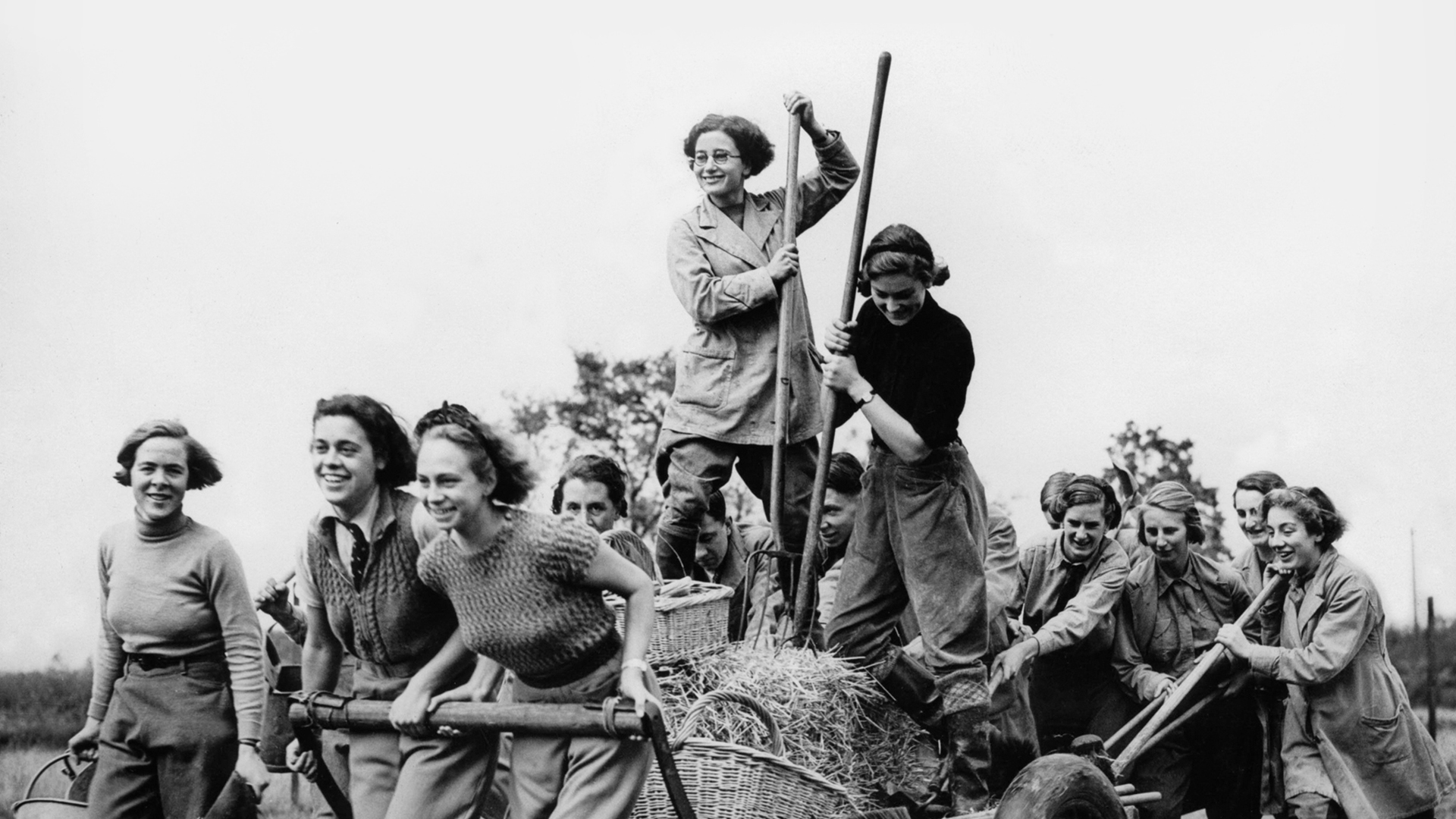
By Steve Dubb
Science and Society
Pg 138-140
John
Curl provides a valuable, nearly encyclopedic account of worker coop-
eratives, communal movements, and their intersection with labor union
and social justice movements in the United States. In twelve chapters,
Curl traces cooperatives from pre-revolutionary times through the rise
of 19th-century populism to the present. The book also includes two case
study chapters and four chapters on communes.
The second edition
adds a preface that highlights worker co-op growth since 2008 and a case
study chapter that discusses the rise and fall of worker grocery co-ops
in the 1970s in the San Francisco Bay area and the Twin Cities.
While
Curl ably chronicles worker cooperatives, the book’s title is mis-
leading. a better title would have emphasized his worker-cooperative
focus. The distinction between consumer and worker cooperatives is
important. while both are democratically governed, ownership differs. In
worker coop- eratives, workers are owners. In consumer cooperatives,
buyers are. (a few hybrid co-ops do mix elements of each). when Marx
wrote in Volume III of Capital that cooperatives illustrate how a “new
mode of production de- velops and is formed naturally out of the old,”
Marx was describing worker, not consumer, cooperatives. Certainly, Curl
could have written on worker cooperatives alone. But for a history of
cooperatives as a whole, there is an odd mix of inclusions and
omissions.
The numbers help tell the tale. Curl estimates that at their peak in 1979, U. S. worker cooperatives had 17,000 worker-owners (241). By contrast, more than 120 million americans are presently member-owners of consumer coop- eratives. Curl’s history leaves many of these 120 million out of the story. So, for example, Edward Filene, founder of the U. S. credit union movement, is not mentioned, even though today U. S. credit unions (the most common type of consumer cooperative) have 92.5 million member-owners and over $1 trillion in assets. rEI, the largest U. S. consumer co-op, with 4.5 million member-owners, is also nowhere to be found.
Page length need not be proportional to membership numbers, but even from a social justice standpoint, Curl’s choices lead him to underestimate the political importance of consumer co-ops. Over the past two years, for example, a national “Move your Money” campaign shifted billions of dollars from banks to credit unions. This was only possible because of a century of U. S. credit union development.
By selectively analyzing consumer co-ops, Curl draws misleading lessons. For example, the Berkeley food co-op, once the largest U. S. consumer co-op grocery, gets an entire chapter. Curl sees its demise as the outcome of outsized growth (membership peaked at over 100,000). yet far larger co-ops have succeeded economically.
These matters aside, Curl’s history is a story worth telling, bringing historical perspective to help us understand the roles played by worker coop- eratives today. Indeed, worker cooperatives are enjoying increased visibility due to the release of three documentaries this past year. a new partnership between the Steelworkers union and the Spanish-based Mondragón network of worker cooperatives to create “union–worker co-ops” also portends the possibility of more rapid growth in the near future.
Worker cooperative history is also important for another reason. Often, when we study labor, we understand the story from the more recent past. we all, for example, “know” that trade union representation was better than worker co-ops at improving the wages and working conditions of the mass working class, because, by 1945, there were 15 million union members in the United States, while the number of worker cooperative member–owners was utterly marginal. But labor unions in the 19th century used a range of tactics, including forming worker cooperatives.
The Knights of Labor are the most famous case. Curl tells the story of how Knights’ chapters operated as many as 200 worker co-ops in the mid- 1880s. Nor were the Knights exceptional. Union efforts to create worker- owned enterprises date back to the 1830s. Curl also uncovers other gems that highlight the link between co-ops and social justice movements. For example, who knew that abolitionist Horace Greeley was a leading worker co-op activist?
Curl’s history helps us consider how our economy, and indeed socialism itself, might have developed differently had worker cooperatives become the U. S. norm. and, because some unions, notably the Steelworkers, are beginning to entertain the worker co-op model anew, this question is not merely of historical interest.
In fact, Curl himself is not just a historian, but also a protagonist. Curl was a member of a commune in the 1960s, was active in worker coopera- tives in the 1970s (and remains active today), and was active in the Berkeley food co-op. This “I was there” aspect, which pervades the later chapters, contributes to the richness of empirical detail, but is also a weakness. First, Curl might have edited more and not felt the need to name seemingly every person of every faction if he weren’t a personal observer of the events. But more importantly, Curl’s on-the-ground vantage point (and knowledge of the players) would appear to have made him overly cautious in moving beyond the cases to consider more systemically how a democratic economy that valued workers in the workplace might be built.
Notwithstanding these concerns, Curl has created an invaluable resource and historical timeline regarding worker cooperatives and communes. This book will surely be of interest to students and activists in these fields for years to come.






